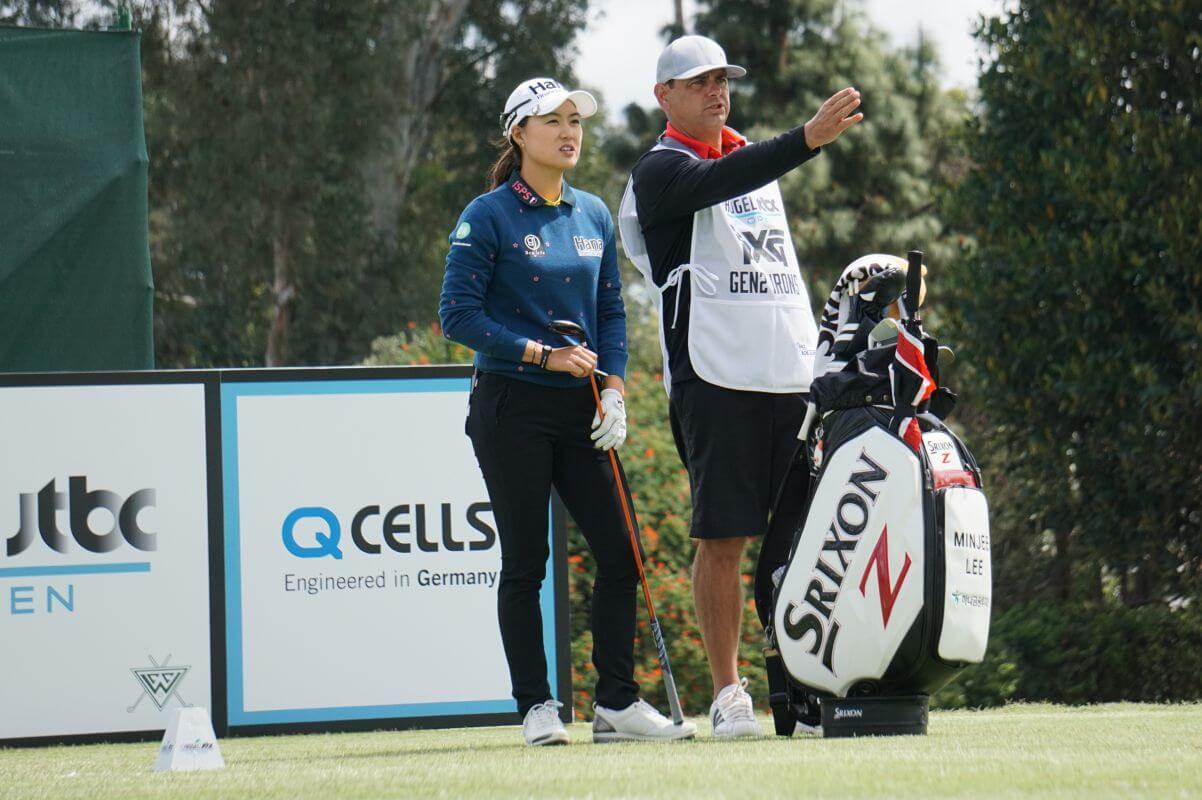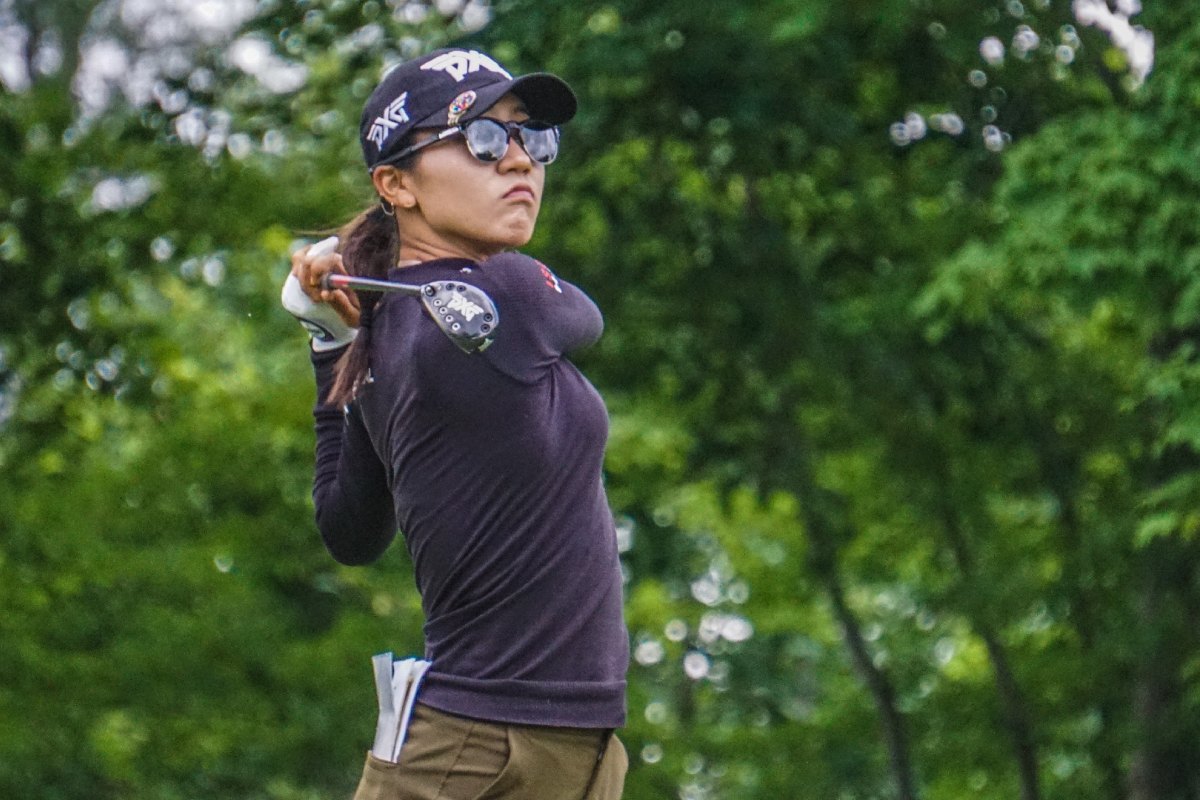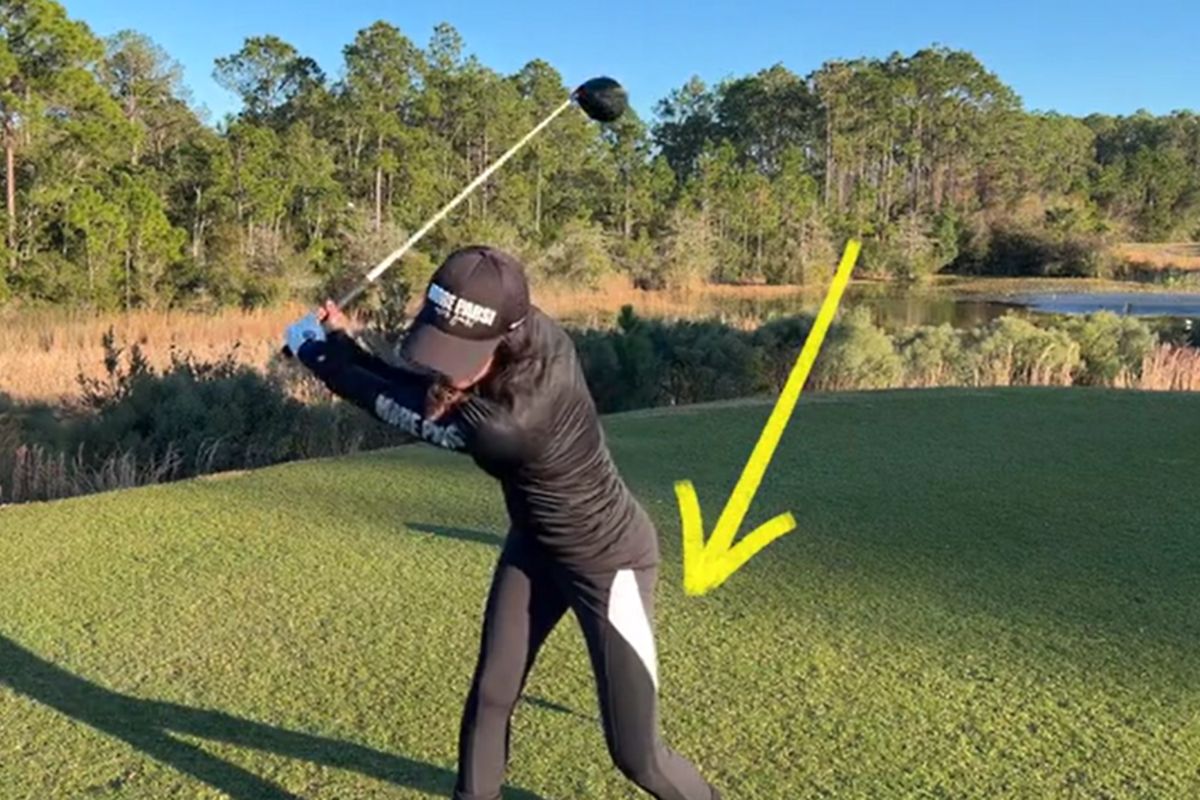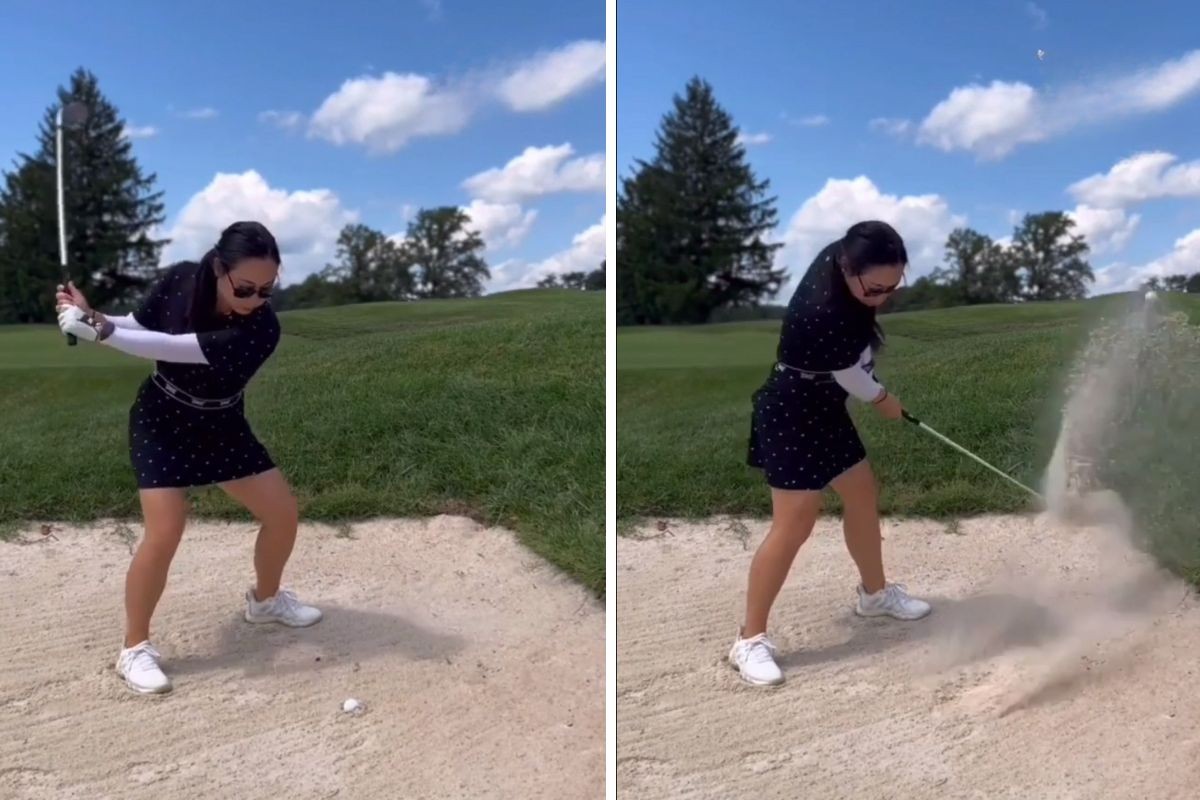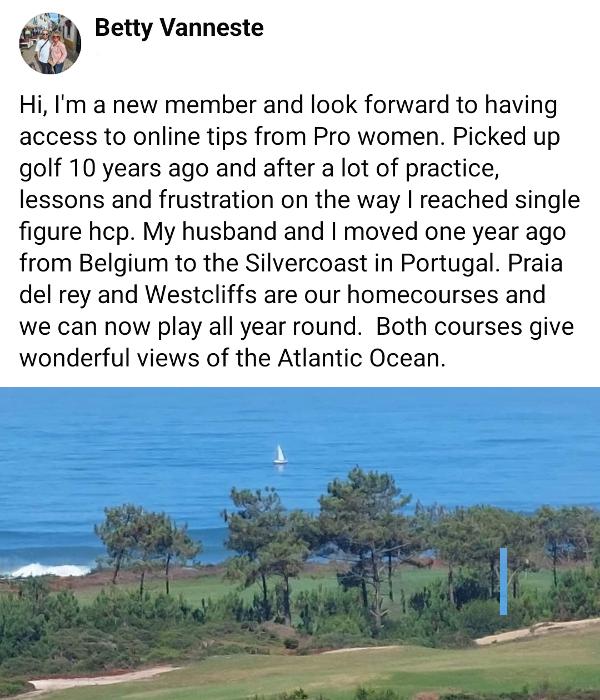In my past articles on golf/sport psychology, I have addressed what I described as “Mind Mechanics” such as, attentional shifting, square breathing, performance under pressure, mindset, etc. These are all essentials to be incorporated into your game in order to play at your highest level.
However, this will never be enough. The highest performances in sport, business and in life require a philosophy of performance integrated into everyday living. “What this all about…” you may be asking. “Now I have to have a philosophy in order to play golf well?” In my learned opinion… the answer is a resounding “yes.” Having worked with many levels of players it is obvious that the ones who are continuing to succeed approach their game and life in a congruent manner.
There is a harmony within the player integrating how they learn, how they fail, how they compete and how they perform under pressure. What is your basic philosophy regarding how to live your life? Do you believe you should pursue all of the innate qualities you have to your fullest? Are you content with living your life without stretching yourself?
It’s all up to you. If you want more out of your life and golf then assessing how you are doing both will be important. Even if golf is only for your enjoyment, you should consider integrating this mental model into your philosophy of life.
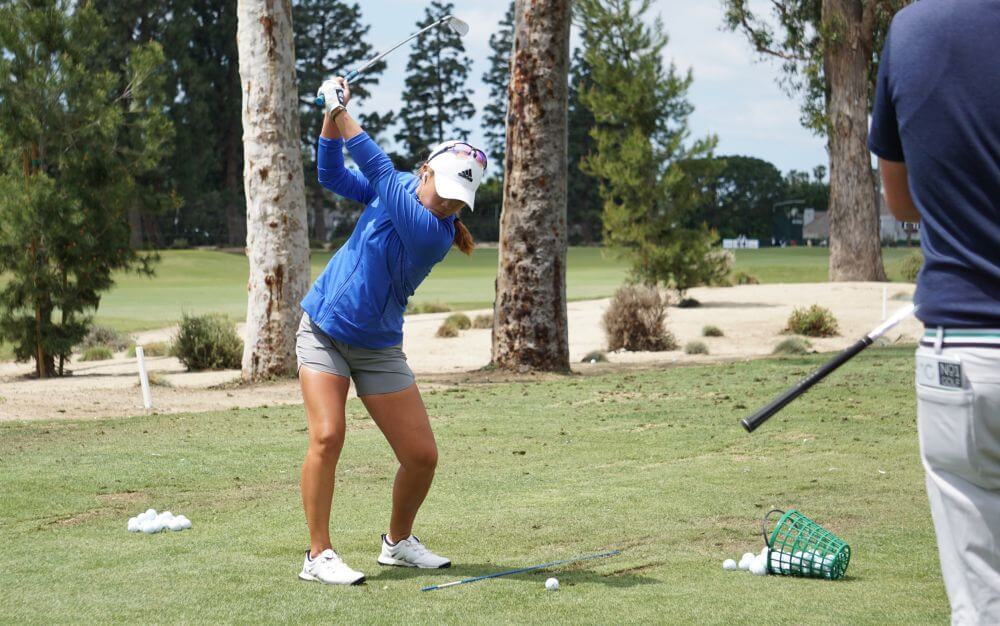
What we believe will predict our performance. Essentially …beliefs predict performance. The unfortunate problem is that we may believe things which are just not true. Just as a person suffering from anorexia believes that they are fat and lives their life as if that is true.
DR NICK’S BEHAVIORAL ALIGNMENT MODEL
-
You can know something and understand/not understand it:
“I know I have to have the clubface square to the ball to hit it straight but not sure how to do that correctly” -
You can understand something and believe/not believe it:
“I understand I’m a 6 and believe/ don’t believe I can play like one.” -
You can believe something that is true/not true:
“It is true/not true that practice is important in order to play well”
-
You may value/not value what is true:
“I can play golf well in competition and choose to value/not value this truth”
-
You may choose to apply/not to apply what you value:
“I find value in my ability to play well in competition and choose to apply/not apply this to the next tournament”
I’ve been working on this paradigm for a long time and use it as my basic philosophy in assessing a players performance.
If I want to know what a player “believes” I watch what they do consistently over time. For example, if a player is practicing with intensity and “chooses” not to correct an error in their performance, I will hypothesize that their belief is incorporating “truths” that they will be able to overcome the error without practicing this.
If a player has low awareness and/or low attentional shifting in competition and chooses not to practice the prescribed techniques it can be assumed that they believe they are ready, capable, etc to perform those tasks without doing their homework.
Reversing the order from “applying” backward through the model will identify where the issues lie.
If you want to know what a player believes watch their patterns over time.
Starting from the application of the behavior and working backward we can evaluate patterns of behavior which will help the basics of understandings, beliefs, truths, and values.
Notice that the model does not include feelings as they are a very poor predictor of performance.
Amanda Robertson
Amanda Robertson is one of my newest students and has been utilizing this Alignment Model in her training. Here are her thoughts on its benefits:
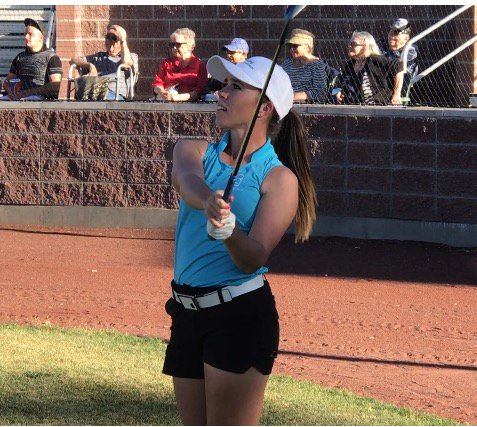
“Along my golf journey, I have noticed that not always what we believe to be true is actually the truth. Anytime I step over a shot and think “I hope I don’t snap hook this shot left” it was setting me up for failure.
After working through Dr. Nick’s Behavioral Alignment Model, I have learned that unless there is proof to support a thought, there isn’t any reason to believe it. After having a thought such as snap hooking the ball left, I will now step away from the shot and correct the thought. The truth is, I have never hit this shot left so it isn’t a truth and therefore I don’t need to believe it.
After understanding that successful execution in golf all starts with how we mentally approach each shot. For each player, it might be different but for me, I was believing in things that were simply not true. As a golfer, it is imperative that we only believe and give value to what is real and not what we have molded ourselves to believe.”
Amanda Robertson started playing golf late at the age of 17 and turned pro after completing college at Pepperdine University. She is now competing on the Symetra and Cactus Tours. In 2015, Amanda co-founded an on-course entertainment company called BackSwing Golf Events to help charities and corporations with their events.
Follow Amanda on Instagram, Facebook, and Twitter.
Ask yourself what is true about your performance. What skills do you have…what skills do you need to work on? It is essential to look at the truth and not only what you feel or believe since each of those may not be the truth.
As you go through the steps it might be true that you don’t understand effectively how to make a specific shot or believe you can’t perform it under pressure. It may also be true that you will never be able to change your ability and that you value your beliefs choosing to see your future in golf based on all the previous statements.
Addressing your fundamental physical skills and golf mechanics you should be able to clearly identify the truth about your performance. I recommend writing down all of your skill sets rating them on a scale from 1-10 with 1 being low and 10 being high. Make sure your assessment of your skills is accurate (true) not only what you are feeling, thinking or believing.
The application of the truth is your challenge on each and every shot. Ignore your thoughts/feelings addressing the truth with consistency and you will find your game improving…no doubt.
Dr. Nick
Feature photo: Minjee Lee at the 2018 HUGEL-JTBC LA Open | Photo by Ben Harpring for WomensGolf.com

